UPCOMING EVENTS
If you would like to add an event to this listing please send a note to archaeology@columbia.edu
Individual events may be added to Ical or google calendar using the links below
For video recordings of past events please check out our Vimeo site



